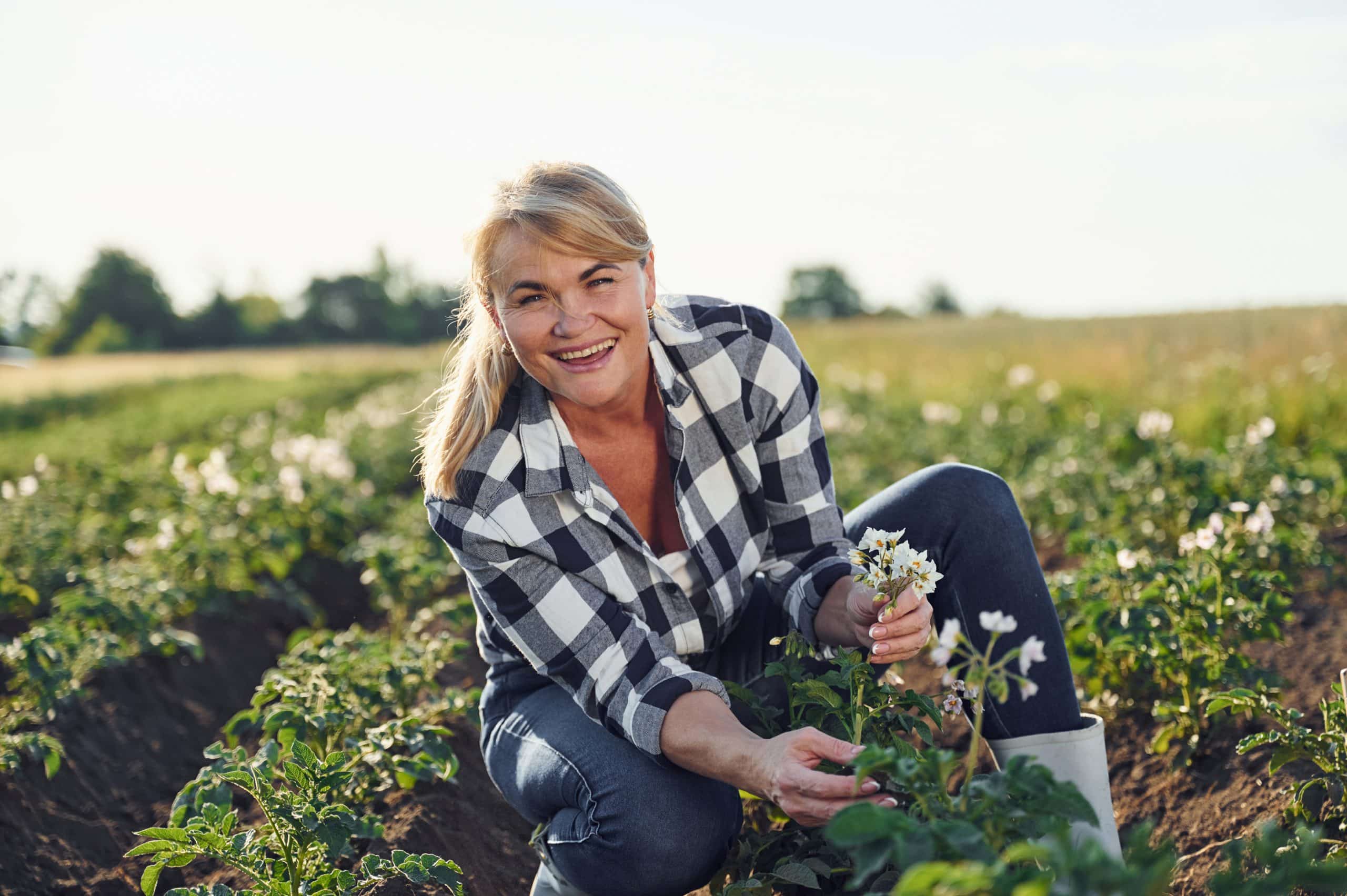How to Integrate Urban Farming Initiatives into Mixed-Use Developments?

As we sit at the precipice of a new era in urban development, one that integrates sustainable practices with bustling city life, we see a rising trend in urban agriculture. This innovative approach isn’t just about converting city’s rooftops into tomato farms or turning empty lots into lush gardens, it’s about fostering a sense of community, enhancing local food production, and transforming urban spaces into functional farms.
Understanding the Concept of Urban Farming
Urban farming, also known as urban agriculture, is defined by its unique blend of food production strategies adapted specifically for urban landscapes. It involves farming practices carried out within and around the periphery of cities, incorporating everything from community gardens and backyard farming to vertical farms and aquaponics systems.
Cela peut vous intéresser : What Are the Best Practices for Converting Brownfield Sites to Eco-Friendly Housing?
The essence of urban farming lies in its potential to revolutionize how we utilize city spaces, making way for local food cultivation and a more sustainable urban development. It’s about encouraging city dwellers to participate in the food system and produce their food locally.
Urban agriculture brings forth a multitude of benefits. It supports healthy living by providing access to fresh and nutritious foods, reduces dependence on commercial agriculture, fosters a sense of community, and positively impacts the environment by reducing transportation emissions. Plus, it offers an opportunity for city dwellers to connect with the land and learn about food production firsthand.
A lire en complément : How to Leverage Pop-Up Architecture in Temporary Real Estate Spaces?
Strategies for Integrating Urban Farms into Mixed-Use Developments
When we speak of mixed-use developments, we are referring to the blending of residential, commercial, and industrial spaces within a unified development. The integration of urban agriculture into this equation presents an exciting opportunity to re-imagine city land and redefine urban development.
One approach is to incorporate community gardens or rooftop farms into the design of new residential buildings or commercial complexes. These spaces can serve as communal areas where residents or employees can engage in farming activities, fostering a sense of community, and promoting local food production.
Another strategy is to transform unused or underutilized urban areas into productive agricultural land. For instance, repurposing vacant lots into community farms or developing vertical farms in industrial zones. These initiatives not only contribute to local food production but also stimulate economic growth and enhance the cityscape.
Navigating Zoning Regulations and Land Use Policies
Incorporating urban farming initiatives into mixed-use developments can sometimes be complicated by zoning regulations and land use policies. Many cities have zoning laws that restrict agricultural activities in certain areas, posing a significant barrier to urban farming development.
To successfully integrate urban farms into your development plans, it’s crucial to work closely with city officials to understand and navigate these regulations. Advocacy for policy changes that support urban agriculture may also be necessary.
In addition, it’s essential to engage communities in these discussions. Community involvement can play a critical role in advocating for changes in land use policies to support urban farming. Additionally, community participation ensures that the development caters to the needs and interests of local residents.
Building Community through Urban Farming
Urban agriculture isn’t just about growing food in cities; it’s about creating vibrant, resilient, and sustainable communities. Integrating urban farms into mixed-use developments provides an excellent platform for community building.
Community gardens or urban farms can serve as communal spaces where people come together to grow food, share experiences, and forge connections. These spaces provide opportunities for community engagement, education, and empowerment. They enable city dwellers to take part in the food production process, fostering a sense of ownership and responsibility towards their local food system.
Furthermore, these initiatives can contribute to social inclusion by providing access to locally grown food and fostering community engagement, particularly in food-insecure areas. Urban farming can also stimulate local economies by creating job opportunities and supporting local food businesses.
Driving Sustainable Urban Development through Urban Farming
Urban farming holds a significant potential in the realm of sustainable urban development. By integrating agricultural practices into urban spaces, we can reduce cities’ environmental impact, enhance local food systems, and contribute to community development.
For instance, urban farms can help reduce the carbon footprint associated with food transportation by promoting local food production. They can enhance biodiversity in urban areas, contribute to waste management through composting, and even help mitigate urban heat island effects.
Moreover, urban farming can contribute to cities’ resilience by creating local food networks that can withstand disruptions in global food supply chains.
Overall, integrating urban farming initiatives into mixed-use developments isn’t just about redefining how we utilize city spaces. It’s about reimagining our cities as thriving ecosystems that support sustainable development and foster resilient communities.
The Role of Local Government in Supporting Urban Farming Initiatives
Local government involvement is crucial for the successful implementation of urban farming initiatives. City councils and local authorities have the power to influence zoning codes, land use policies, and planning regulations, shaping the landscape of urban agriculture. This cooperation can lead to the successful integration of urban farming into mixed developments.
It’s important to remember that the local government can serve as a catalyst for change, helping to ease regulations that restrict urban farming activities and providing support for urban farmers. This, in turn, could lead to the creation of more community gardens, rooftop farming initiatives, and other urban farming projects.
Besides, local authorities can facilitate partnerships between different stakeholders, such as real estate developers, urban farmers, and community members. These collaborations can help coordinate efforts, pool resources, and ensure that urban farming initiatives are tailored to meet the needs of the local community.
Moreover, local government can support urban agriculture by providing resources for urban farmers. This could include technical assistance, funding, access to land, and other necessary resources. For example, they can create programs that train city dwellers in sustainable farming practices, helping to build a community of knowledgeable urban farmers.
Finally, local governments can play a critical role in promoting and raising awareness about urban farming and its benefits. This could involve organizing urban farming fairs, facilitating farm tours, or supporting educational programs about urban agriculture in schools.
Conclusion: The Future of Urban Farming in Mixed-Use Developments
As we look toward the future, it’s clear that urban farming will play an increasingly important role in shaping sustainable cities. The integration of urban farming initiatives into mixed-use developments presents a unique opportunity to reimagine city spaces and foster resilient communities.
Urban farming can transform underutilized areas into productive landscapes, enhance local food systems, and provide a platform for community engagement. It can also offer a viable solution to food insecurity and contribute to urban centers’ resilience against disruptions in the food supply.
To capitalize on these benefits, it’s essential to navigate the complexities of zoning codes and land use policies, and to work closely with local government and other stakeholders. Urban farming cannot thrive in isolation; it requires a coordinated effort from real estate developers, urban farmers, community members, and local authorities.
Ultimately, urban agriculture is more than just a trend. It’s a powerful tool for sustainable urban development, one that can help us build healthier, more resilient, and more sustainable cities. As we move forward, let’s continue to explore innovative ways to integrate urban farming into our urban landscapes and mixed developments. The future of urban farming is bright, and we are just at the beginning of this exciting journey.
